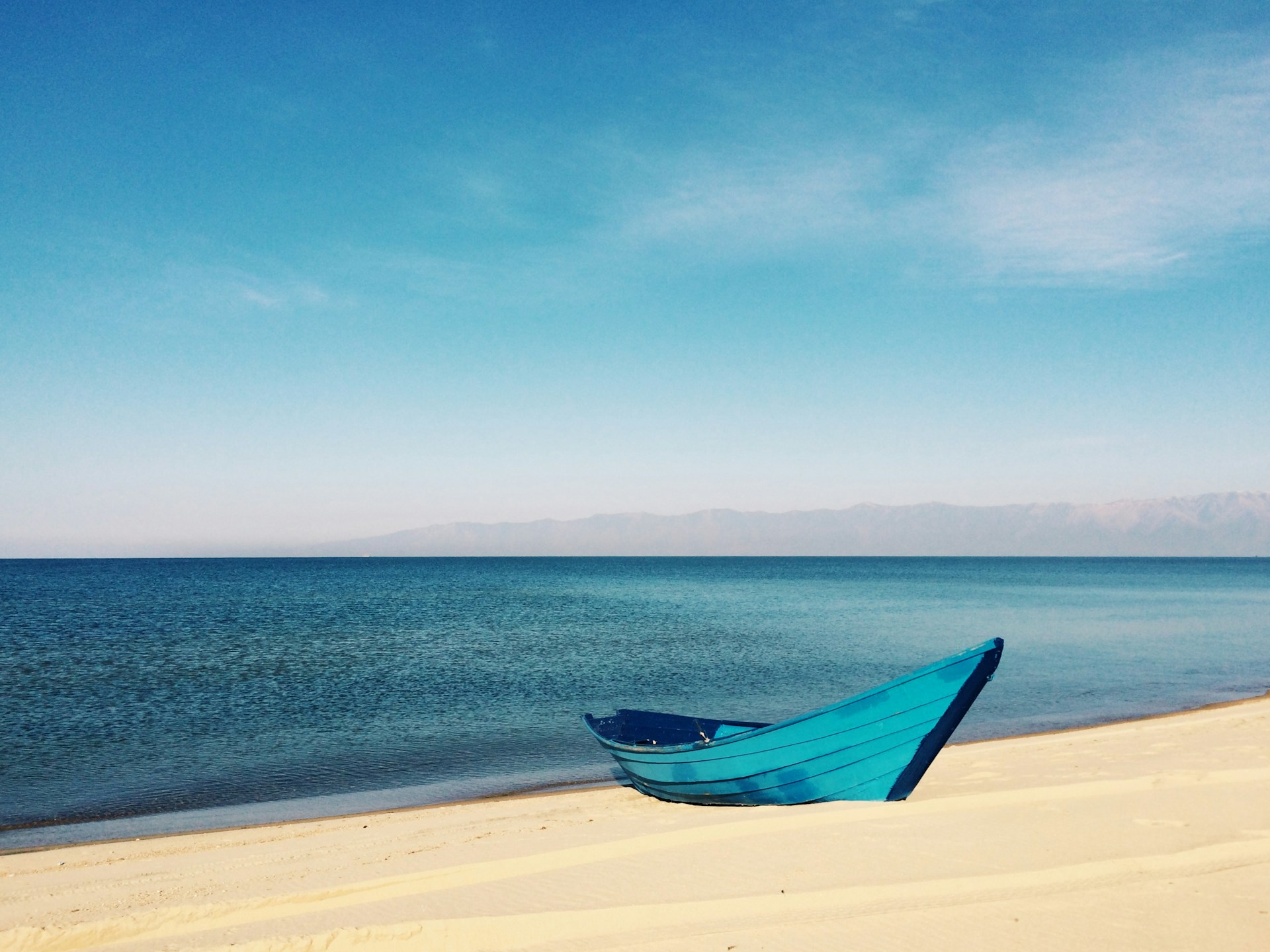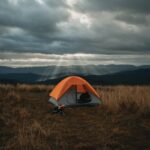Canoes are not just vessels, they are a gateway to magical adventures, a portal to serene waterscapes, and a catalyst to unparalleled nature exploration. Welcome to the riveting world of canoe camping, a thrilling outdoor activity all set to quench your thirst for leisurely trips around pristine waterscapes interspersed with idyllic camping intervals. This beginner’s guide will walk you through all the ins and outs of canoe camping, including all-important pre-trip preparations, packing essentials, and indispensable safety lessons. So, let’s paddle our way into this adventure!
At first glance, canoe camping might seem like any other outdoor activity, but let’s delve deeper. What sets canoe camping apart? Well, think of navigating your way through glittering bodies of water while surrounded by breathtaking vistas, coupled with the exhilarating prospect of setting up camp every evening anywhere between river-banks and island-coasts. Sounds enticing, right?
Firstly, let’s start with preparations for your canoe camping adventure. Start by selecting a location ideally, a popular and conveniently located national or provincial park. The parks in Ontario, such as Algonquin and Killarney, are wonderful choices, especially for beginners. Not only do they reserve Mother Nature’s finest showcases, but they also provide abundant facilities. Keep in mind, before venturing out on your expedition, you might need to register or obtain a permit, depending on specific park regulations. Take advantage of park outfitters, as they can provide insightful advice on planning your paddling route, keeping in consideration your paddling speed and daily water-time preference. With their help, you can plan a journey that’s both fun and suitably challenging.
Canoe camping is as much about smart groundwork as it is about the actual expedition. Go long on planning; keep it light on paddling. Aim for 4-5 hours of daily paddling, leaving the rest of your time for setting up camp and soaking in nature’s plentiful delights. A multi-day trip stretching 1-3 nights is usually ideal for beginners.
It’s easy to overshoot while charting out your canoe escapade, so bear in mind, an overly ambitious destination could be detrimental rather than rewarding. Keep it slow, steady and fun!
Now, every beginner has their unique set of queries about how to make their canoe trip pleasurable and successful. So, what advice can come handy for first-time canoe campers?
- Start by choosing a known and accessible destination with developed facilities.
- Educate yourself about the registration and permit procedures of your chosen campsite.
- When planning your route, consider a conservative paddling speed of 3.5km per hour and aim to keep portages under 400m.
- Instead of struggling through 8 long hours of paddling, set an achievable target of 4-5 hours a day.
Remember, an effective planning strategy is your ticket to an unforgettable canoe camping expedition. The key is to remain measured and realistic!
Now that we have touched upon the preparation, let’s take a plunge into some of the best water trails for canoe camping in the USA. A standout gem among these courses is the Everglades National Park in Florida, known for its sprawling selection and diversity of paddling opportunities.
The park presents an extensive array of trails, each varying in length and complexity. From the Gulf Coast area to the Flamingo Paddling Trails, the park offers a range of scenic views of mangrove creeks, grassy marshes, small bays, and expanses of Florida Bay. For those interested in multi-day trips, wilderness camping can provide a one-of-a-kind encounter but not without methodical planning. It’s a paradise for paddling enthusiasts, complete with guided tours for those needing a helping hand to navigate through its mesmerizing terrain. Check out this resource for more information.
Consider this potent advice – every nautical mile you earn in beauty, you need to match in co-existing harmoniously with the rich, diverse fauna of the park.
As we sail through the planning process and waterway choices, let’s touch upon the all-important safety measures. What are the imperative safety steps while canoe camping?
- Stay weather-wise. Be aware of the weather forecast to plan your clothing and shelter accordingly.
- Quick-dry materials are your best friends. Avoid cotton and pack a warm change of clothes for each person in dry bags.
- Paddle close to the shores and look for a suitable spot to set up camp before it gets dark.
- Pack essentials such as fire-starting kits, mylar emergency blankets, knit hats for warmth, and water-resistant gloves.
When it comes to canoe camping, safety is not an afterthought but a prerequisite. Venture with alertness, and every water curve will turn into a cherished memory.
Taking it all together, Canoe camping is a captivating union of serene waters, enchanting landscapes, and the joy of camping under sparkling canopies. This remarkable outdoor escapade requires a certain amount of planning, a nicely packed bag, and an ever-watchful eye on the safety front. Moreover, it’s an activity full of opportunities to challenge oneself, learn valuable survival skills, and build a deep, respectful relationship with nature.
Remember – canoe camping is not just another outdoor activity. It’s a rendezvous with nature, a journey into wilderness, and a path to exploring your capabilities. It’s a thrilling junction where scenic splendors merge with adventure, offering you experiences you’ll never forget. So, grab a paddle and navigate your way into the heart of nature!




